1. Tazones
This charming fishing village is divided into the neighborhoods of San Roque and San Miguel, declared a Historic-Artistic Ensemble. It is famous for being the first place Carlos V set foot in Spain in 1517, after an unexpected arrival due to bad weather. Its beach also shows visible Jurassic footprints at low tide. Every August, the Landing of Carlos V is celebrated, a historical reenactment with regatta, workshops, and parades that attracts thousands of visitors.
Local tip: From ARTIEM Asturias, you can reach Tazones in just 30 minutes, combining your visit with a stroll around the harbor and a seafood meal.
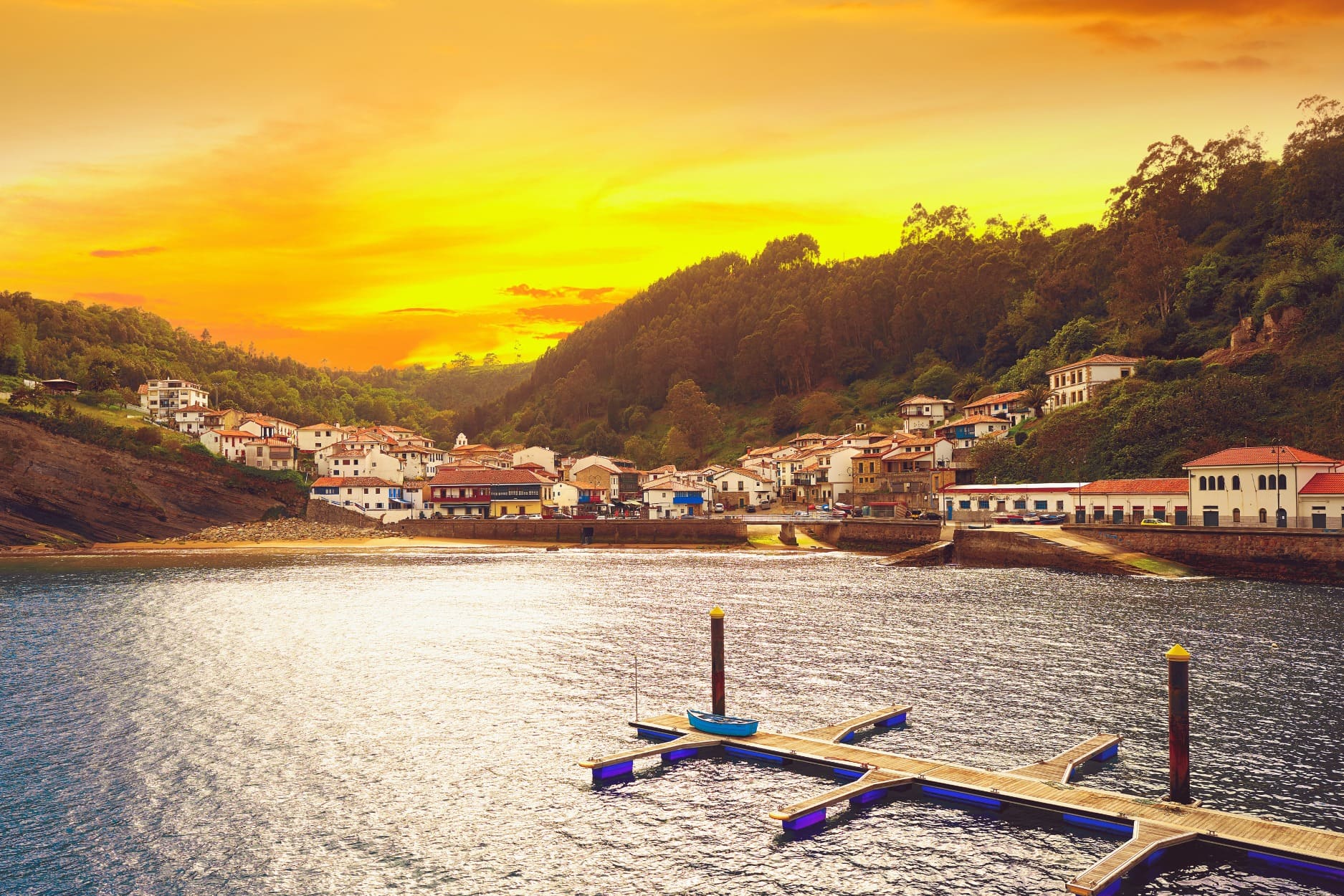
2. Cudillero
Considered one of Asturias’ most picturesque coastal villages, Cudillero looks like an amphitheater of colorful houses on the hillside overlooking the harbor. Declared one of the Most Beautiful Villages in Spain, it stands out for its seafood cuisine and unique atmosphere that feels straight out of a storybook. Our Freshpeople recommend wandering through its streets and discovering viewpoints with stunning Cantabrian Sea views.
Local tip: Just over 45 minutes from ARTIEM Asturias, it’s perfect to combine with a tour of Asturias’ coastal villages and finish with a relaxed dinner at our The Green Restaurant.
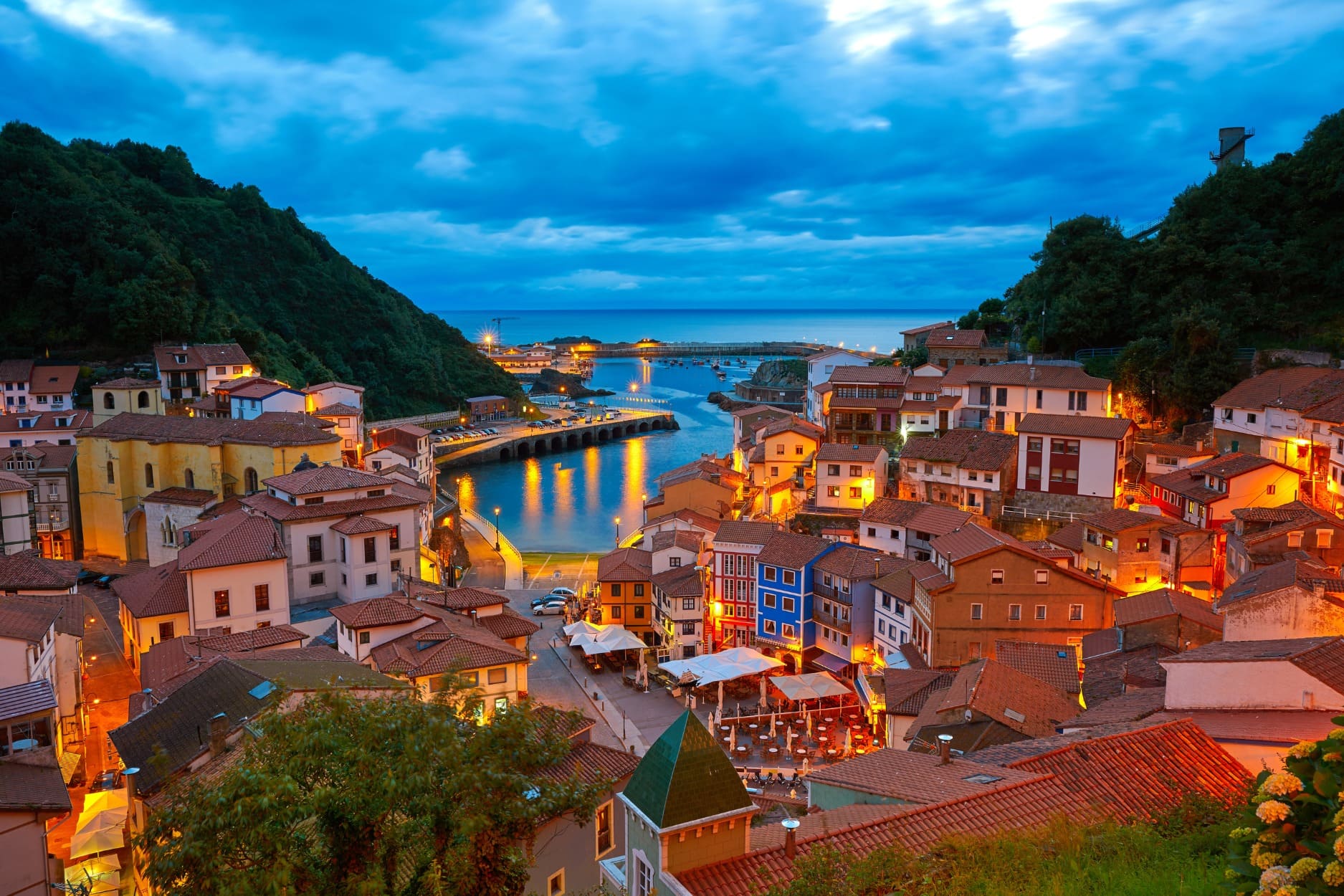
3. Llanes
A gem where beach and mountains come together. This small Asturian town offers beaches such as Toró, Barro, and the unique Gulpiyuri (Natural Monument), along with a well-preserved historic center and the famous Cubos de la Memoria by Ibarrola, filling the harbor with color and symbolism. Llanes uniquely combines nature, history, and culture.
Local tip: From ARTIEM Asturias, Llanes is about an hour away, passing through landscapes and other fishing villages worth a photo stop.
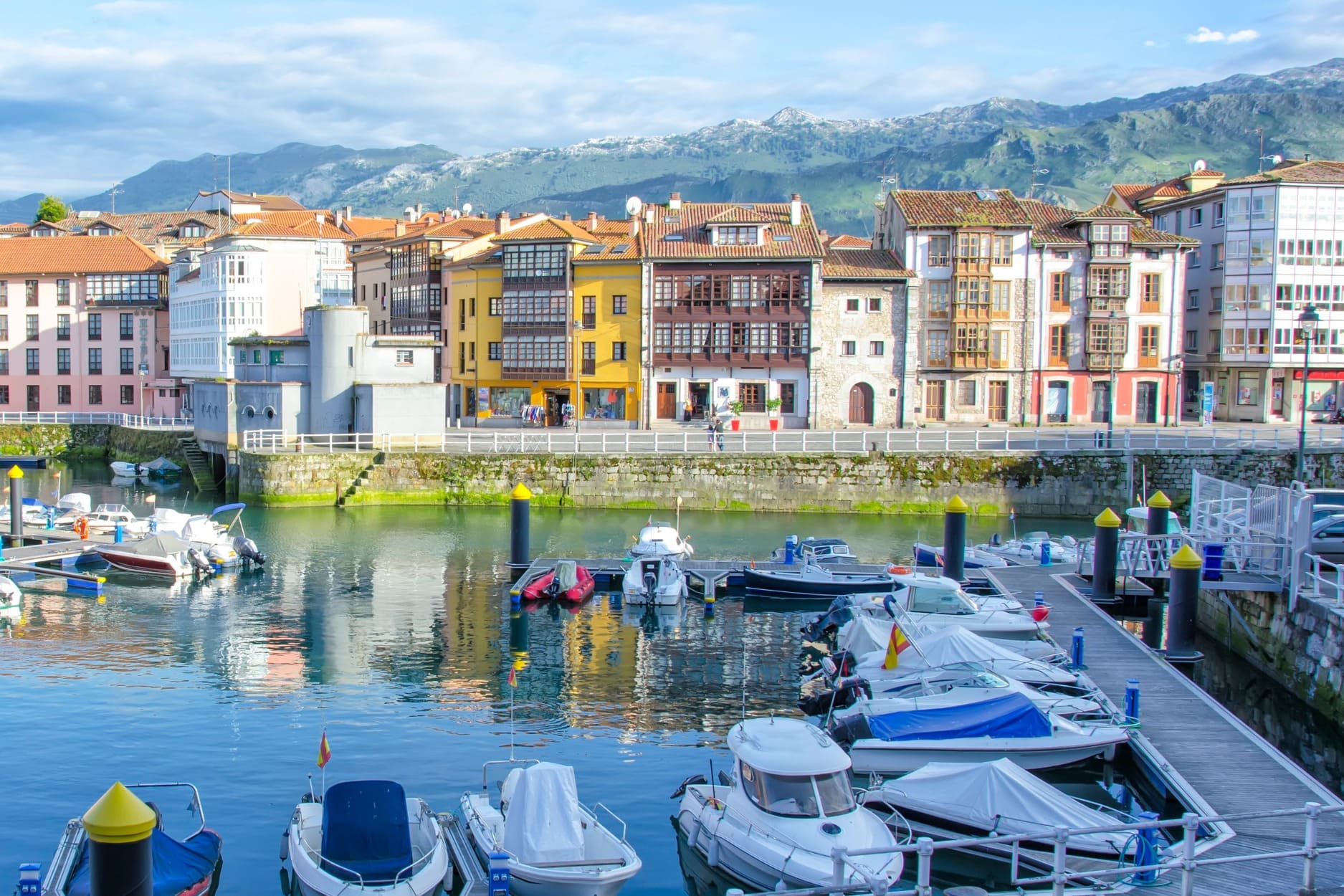
4. Ribadesella
Famous for the International Sella River Descent, Ribadesella combines sport, history, and scenery. You can enjoy kayaking, walk along its promenade, and visit the Tito Bustillo Cave, with exceptional cave art. Its historic center and maritime atmosphere make it a must-visit on the Asturian coast.
Local tip: It takes about 50 minutes from ARTIEM Asturias, perfect for an active day and ending with a relaxing moment in our spa.
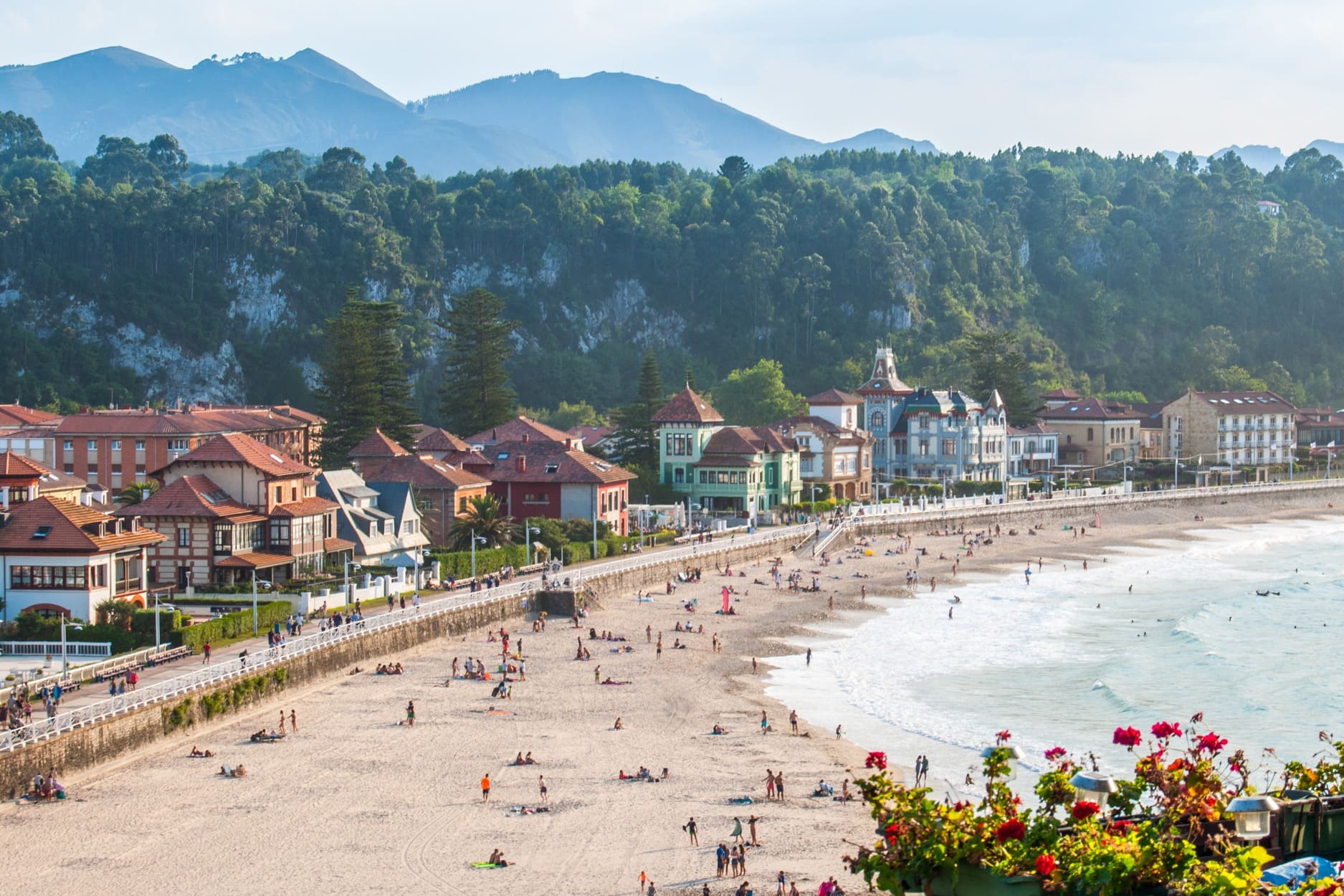
5. Luarca
Known as the “white town of the green coast,” Luarca captivates with its white houses, green mountains, and blue sea. Its fishing port preserves traditional charm and is the burial place of Nobel laureate Severo Ochoa. Part of the coastal Camino de Santiago, it’s perfect for combining tradition, history, and unique landscapes.
Local tip: From ARTIEM Asturias, you can reach it in just over an hour. Enjoy its viewpoints and gastronomy before returning to relax at our hotel.
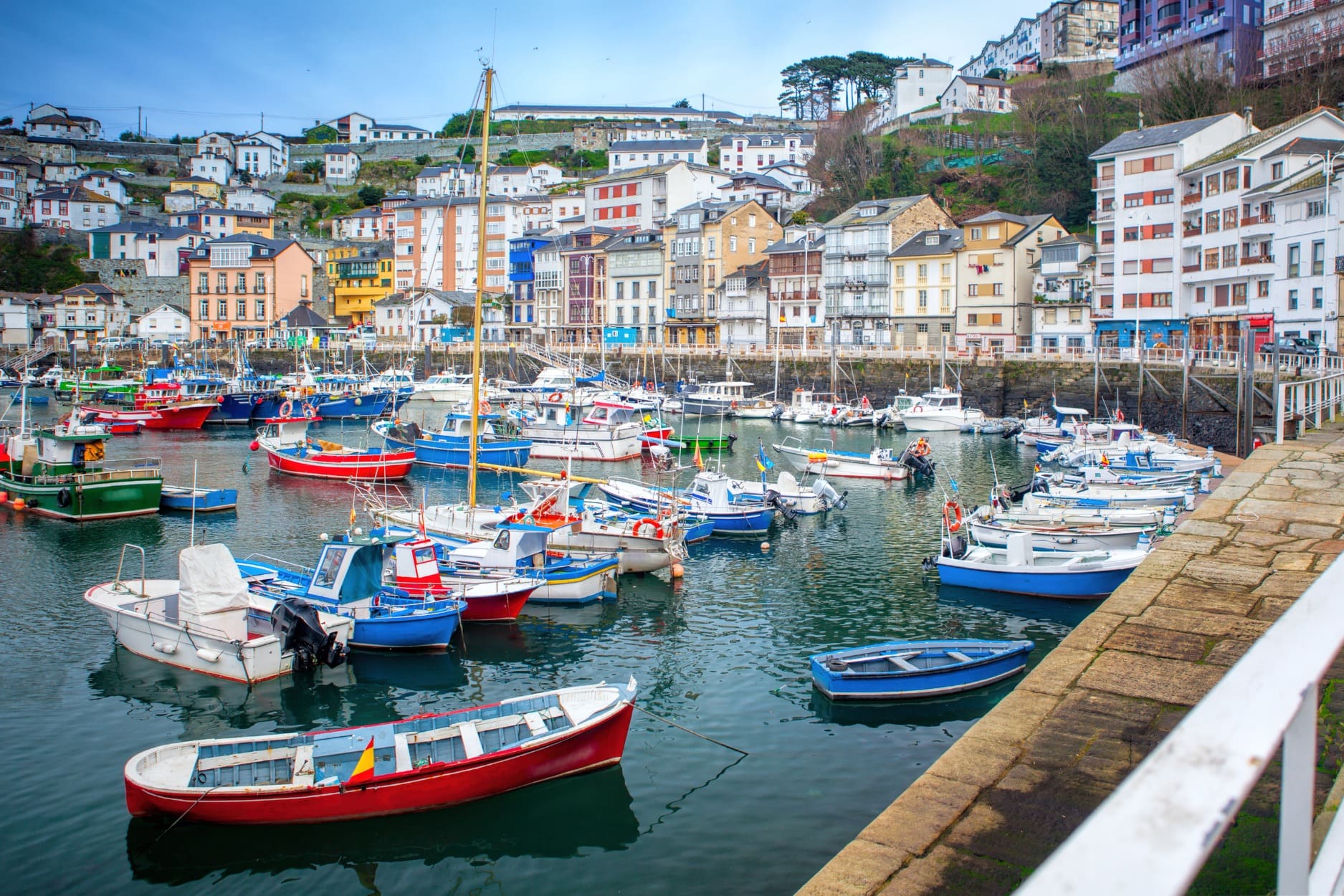
Bonus: Other Coastal Villages Near Gijón
- Lastres: Historic-Artistic Ensemble, filming location, local gastronomy. Exemplary Village of Spain.
- Luanco: Fishing town near Gijón, with historic center and Maritime Museum, ideal for families.
- Puerto de Vega: Charming port with Indian-style villas, gastronomy, and historical traces of Jovellanos.
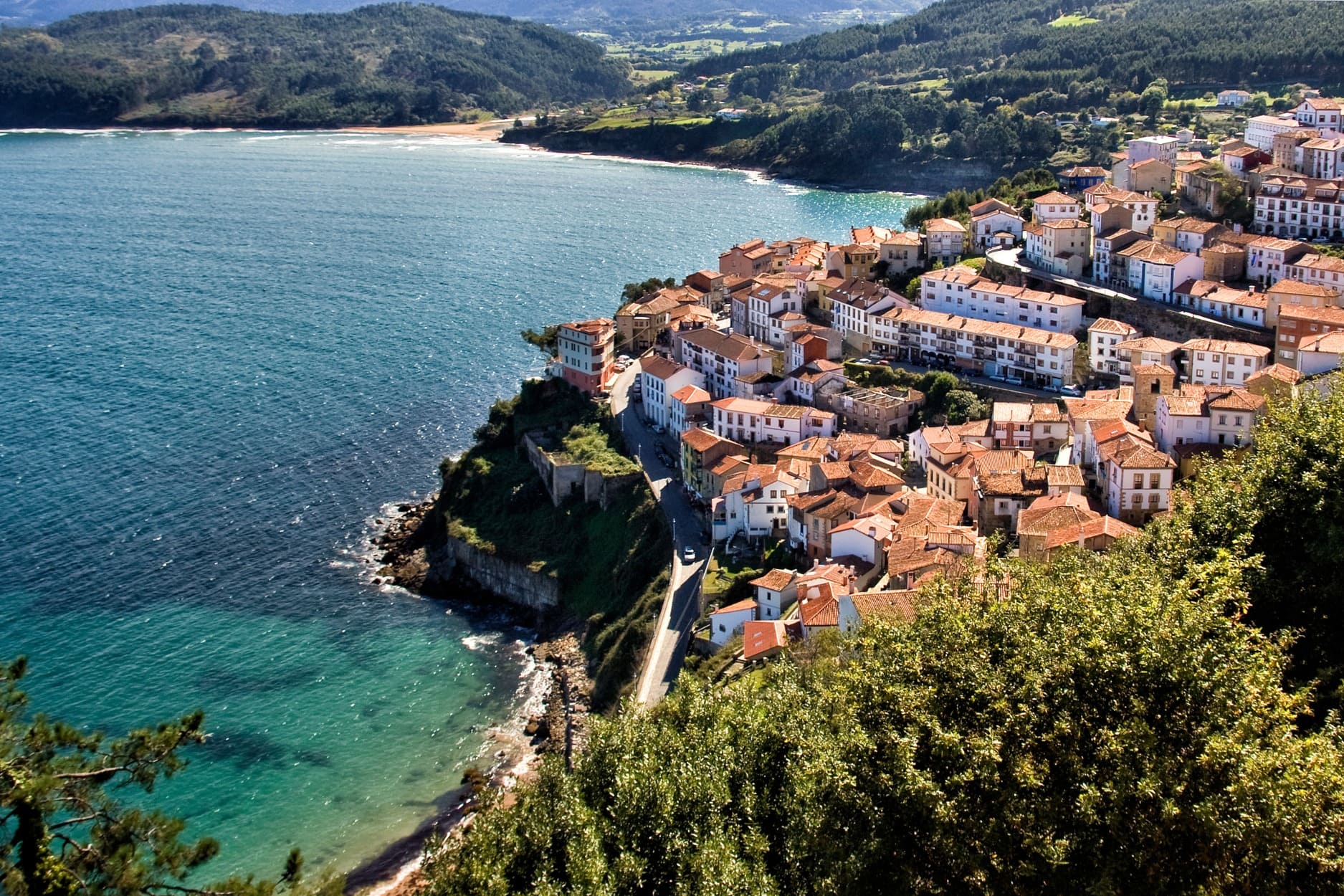
From ARTIEM Asturias, you can explore the Asturian coast and discover these fishing villages that combine history, scenery, and authentic maritime life. We invite you to enjoy the full experience, from village tours to gastronomy and relaxation at our hotel.
Book your stay at ARTIEM Asturias and start experiencing the authentic Asturian coast.